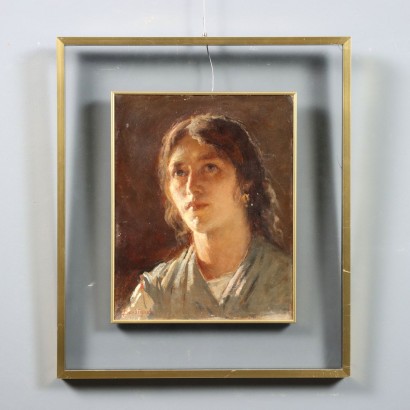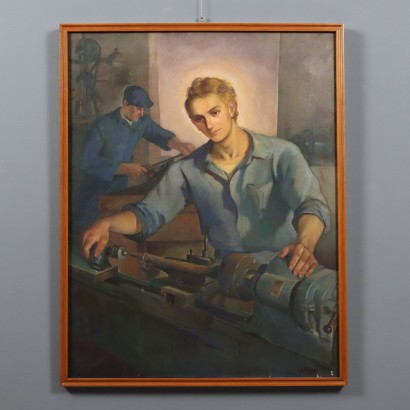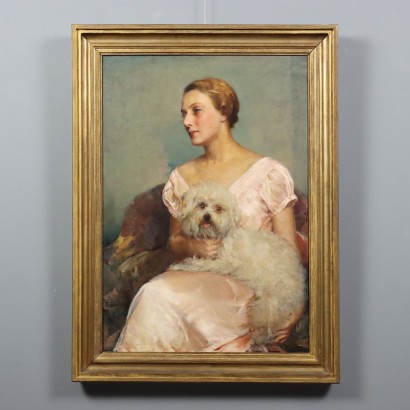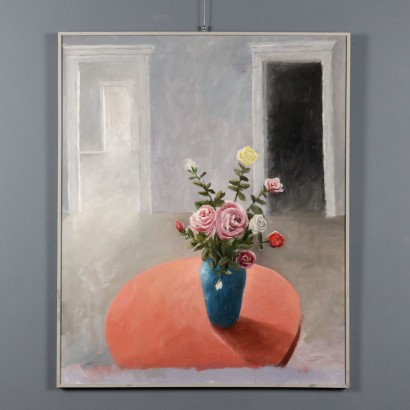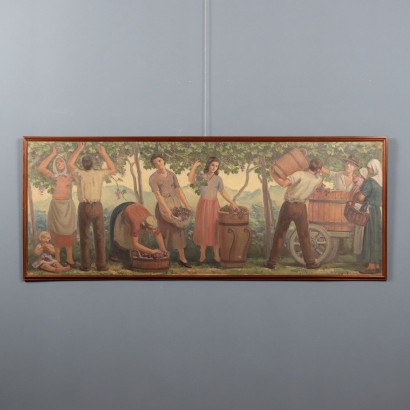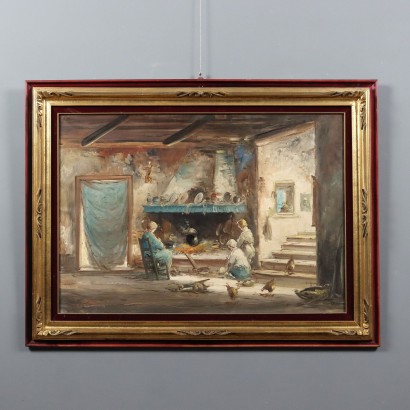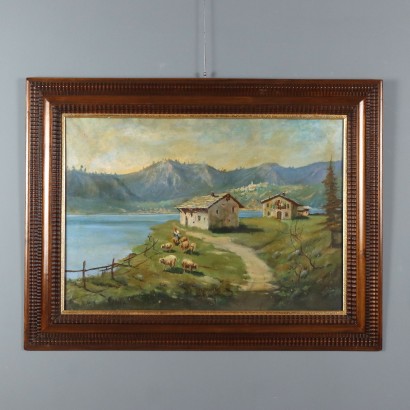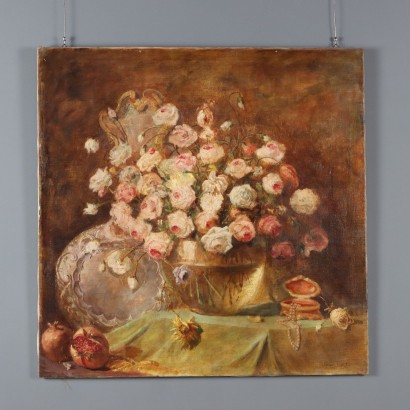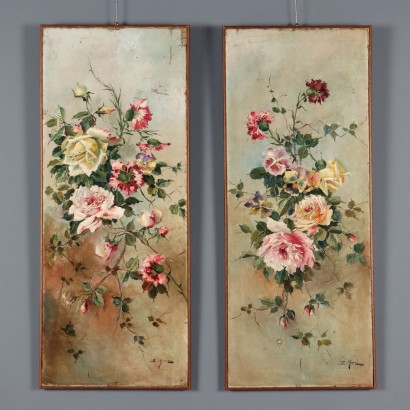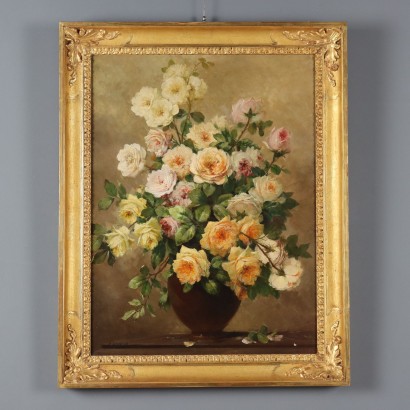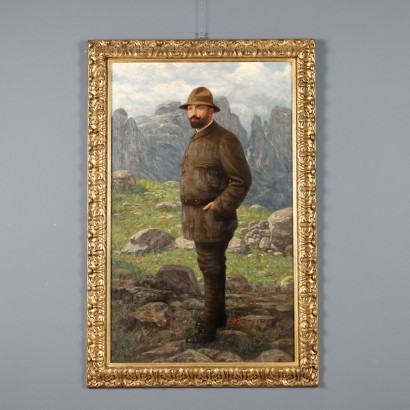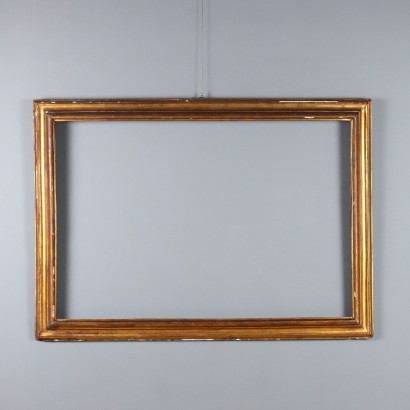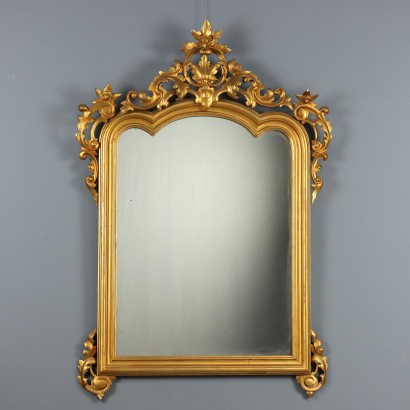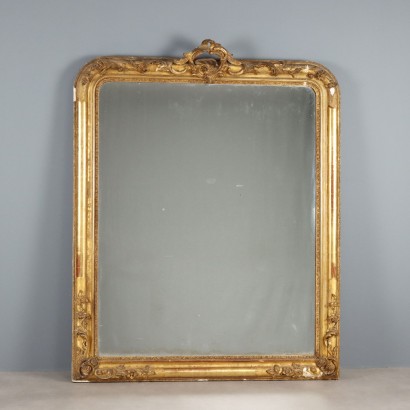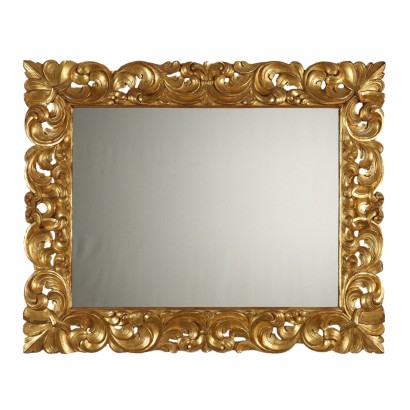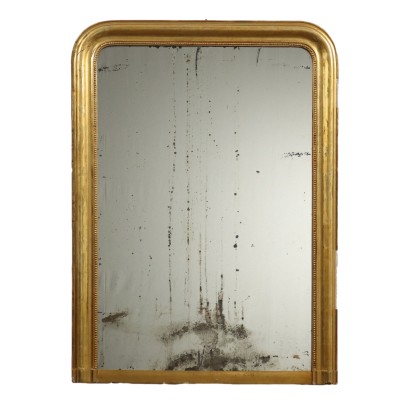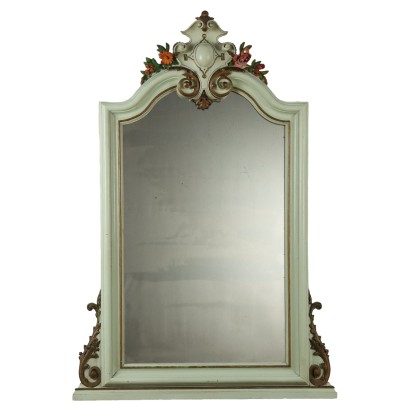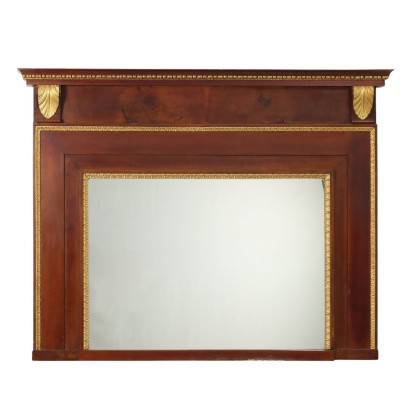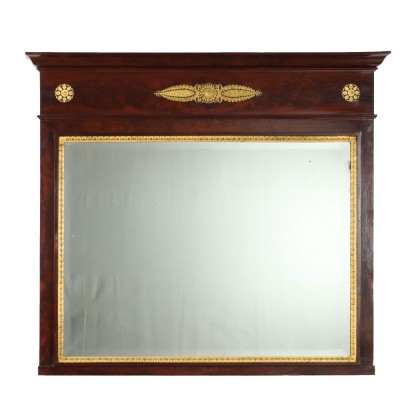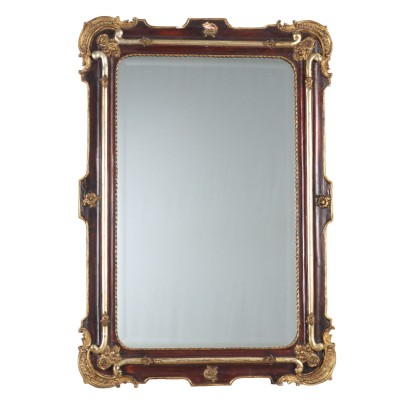Modern Painting Signed Noè Bordigon Oil on Cardboard '800 - Female Portrait
Features
Female Portrait
Artist: Noè Bordignon (1841-1920)
Artwork title: Ritratto femminile
Age: 19th Century / 1801 - 1900
Subject: Portrait/Face
Origin: Italy
Artistic technique: Painting
Technical specification: Oil on Cardboard
Description : Ritratto femminile
Oil on cardboard. Signed lower left. Noè Bordignon, an artist from the province of Treviso, devoted himself both to easel painting, creating scenes of rural life and portraits of popular figures, with great psychological renderings of some of the period's most significant figures, particularly children, adolescents, and mothers, and to frescoing sacred subjects for the churches of his area. In this work, Bordignon portrays a young commoner, creating a portrait of strong expressive intensity, despite the highly naturalistic rendering of the figure. Framed.
Product Condition:
Item in very good condition, possibly showing minor signs of wear; it may have undergone expert restoration. We try to present the item's actual condition as accurately as possible with photos. If any details are unclear from the photos, the description will apply.
Frame Size (cm):
Height: 65
Width: 56
Depth: 3,5
Artwork dimensions (cm):
Height: 4334
Additional Information
Artist: Noè Bordignon (1841-1920)
Born in Salvarosa (a hamlet in the municipality of Castelfranco Veneto) in 1841, Noè Bordignon's early training was marked by encounters with important and prominent figures, which, for a man from a humble family, was no small feat at the time. His artistic talent and vocation enabled him to attract the interest of several prominent figures of the time, thanks to whom he was able to obtain an initial artistic and cultural education in Castelfranco, a location far more rewarding than his birthplace. Once he had mastered the rudiments of art, the painter continued his career by studying at the Academy of Venice, which greatly helped him to fully express his talent and to come into contact with the most important figures of the place and time. Indeed, in that environment, starting in 1859, he met figures such as Michelangelo Grigoletti, Pompeo Marino Molmenti, Giacomo Favretto, Guglielmo Ciardi, and, among others, the artist Tranquillo Cremona, with whom he also established a good friendship. The decisive year for the painter was 1865, when he completed his studies at the Academy and received a scholarship to study in Rome. A few years later, in 1869, he opened his own studio in Venice. Bordignon was an easel painter as well as a fresco painter, and worked for many churches in his area. Despite enjoying considerable international success during his lifetime, with his paintings receiving awards and exhibited worldwide, Noè Bordignon did not participate in the reappraisal, which occurred between the two world wars and during the post-World War II reconstruction years, of certain 19th-century paintings that had entered the circuit of retrospectives at the Venice Biennales and the horizons of collecting led by the emerging entrepreneurs of the industrialized North. While his easel work could indeed be considered part of a naturalism, linked to the evolution of genre painting, the physiognomy of which was increasingly emerging in his studies, it was difficult to recapture his vast and in many ways surprising fresco production, which revealed his profound roots in the region and in the immobile, "timeless" (Zeri) tradition of sacred painting. Bordignon died in San Zenone degli Ezzelini (Treviso) in 1920.Age: 19th Century / 1801 - 1900
19th Century / 1801 - 1900Subject: Portrait/Face
Artistic technique: Painting
La pittura è l'arte che consiste nell'applicare dei pigmenti a un supporto come la carta, la tela, la seta, la ceramica, il legno, il vetro o un muro. Essendo i pigmenti essenzialmente solidi, è necessario utilizzare un legante, che li porti a uno stadio liquido, più fluido o più denso, e un collante, che permetta l'adesione duratura al supporto. Chi dipinge è detto pittore o pittrice. Il risultato è un'immagine che, a seconda delle intenzioni dell'autore, esprime la sua percezione del mondo o una libera associazione di forme o un qualsiasi altro significato, a seconda della sua creatività, del suo gusto estetico e di quello della società di cui fa parte.Technical specification: Oil on Cardboard
Other customers have searched:
Se sei un appassionato d'arte, non perderti i nostri approfondimenti sul Blog Arte Di Mano in Mano e su FineArt by Di Mano in Mano - Arte:
Leggi di più
Ecco alcuni tra i principali articoli:Vedute
Falsi nell'arte antica
Un messaggio di fiducia per ripartire
La potenza espressiva dell'arte figurativa etiope
Breve Storia del Collezionismo
Giorgio Upiglio, maestro dei libri d'artista
Matthias Withoos detto "Calzetta bianca"
San Rocco pensaci tu - Classic Monday
Ecco alcuni esempi dell'arte del Novecento più bella che puoi trovare da noi:
I Raccoglitori di patate - Lavoro estivo - Augusto Colombo, 1935
I Taglialegna - Lavoro invernale - Augusto Colombo, 1933
Il lavoro femminile, Contardo Barbieri, 1954 ca.
Sapevi che l'arte può essere anche un ottimo investimento (e non solo per grandi portafogli)?
L'Arte tra Collezionismo e Investimento
FineArt: Arte come investimento
Dai un'occhiata alle nostre rubriche di divulgazione sull'arte:
Epoche
Lavorazioni e tecniche
Mostre ed Eventi
Protagonisti
Product availability
The product can be seen at Cambiago
Immediate availability
Ready for delivery within 2 working days from ordering the product.

